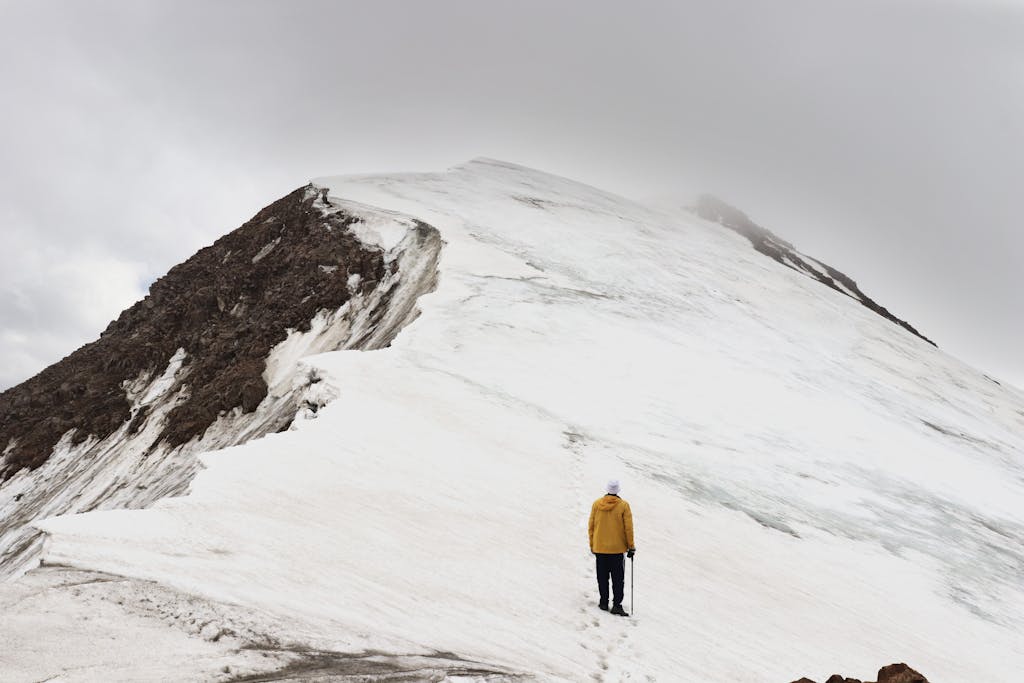Lake Balkhash is a large endorheic lake in the south-eastern part of Kazakhstan. It is the 15th largest lake in the world by surface area and the second largest in Central Asia after the Aral Sea. The lake covers an area of approximately 16,400 square kilometres. The lake is fed by the Ili and Karatal rivers and drains into Lake Sasykkol.
Lake Balkhash is a closed lake, which means that it has no outlet to the sea. The water in the lake is brackish and varies in salinity from 0.5% to 10%. The lake is also shallow, with an average depth of only 5.8 metres. The maximum depth is 26 metres.

The climate around Lake Balkhash is continental, with hot summers and cold winters. The average temperature in July is 25 degrees Celsius, and the average temperature in January is -15 degrees Celsius.
Lake Balkhash is a popular tourist destination and is known for its beautiful scenery and rich wildlife. The lake is home to a variety of fish, including carp, pike and perch. The lake is also home to a variety of birds, including flamingos, pelicans and cormorants.
An interesting feature of Lake Balkhash is that it is divided into two distinct parts by the Saryesik Peninsula and the Uzynaral Strait. The western part is freshwater, while the eastern part is saline. The eastern part of the lake is on average 1.7 times deeper than the western part.
Lake Balkhash has a long history dating back millions of years. It is thought to have formed around 3.5 million years ago and has been influenced by the rise and fall of civilisations in its vicinity. In recent years, however, the lake has faced environmental challenges, including shrinking water levels similar to those of the Aral Sea.
The lake is important not only for its ecological significance, but also for its economic value. The main local economic activities include mining, ore processing and fishing. In addition, Lake Balkhash serves as a water resource for irrigation and drinking water for nearby communities.
In summary, Lake Balkhash is a significant natural feature in south-eastern Kazakhstan. Its unique dual nature, diverse ecosystem and historical significance make it an attractive destination for nature lovers. However, the lake also faces challenges that need to be addressed to ensure its preservation for future generations.






